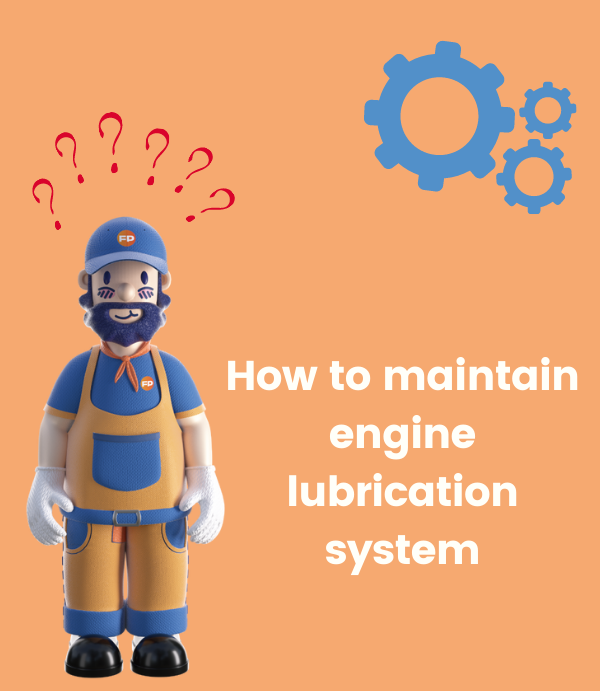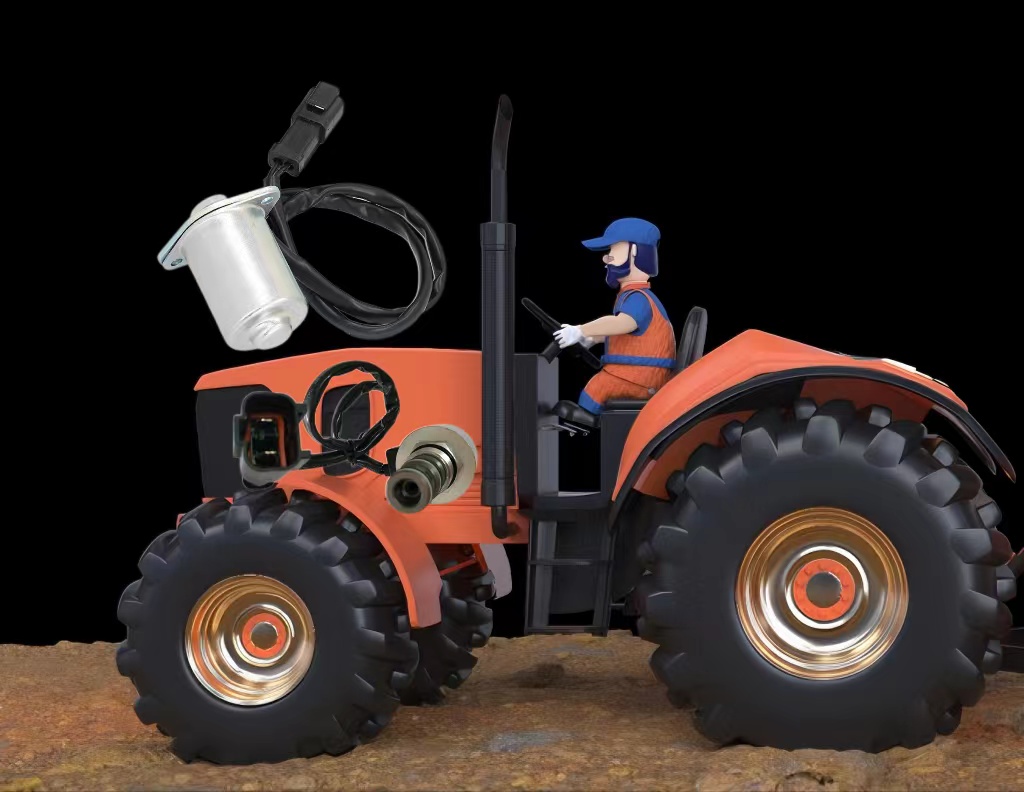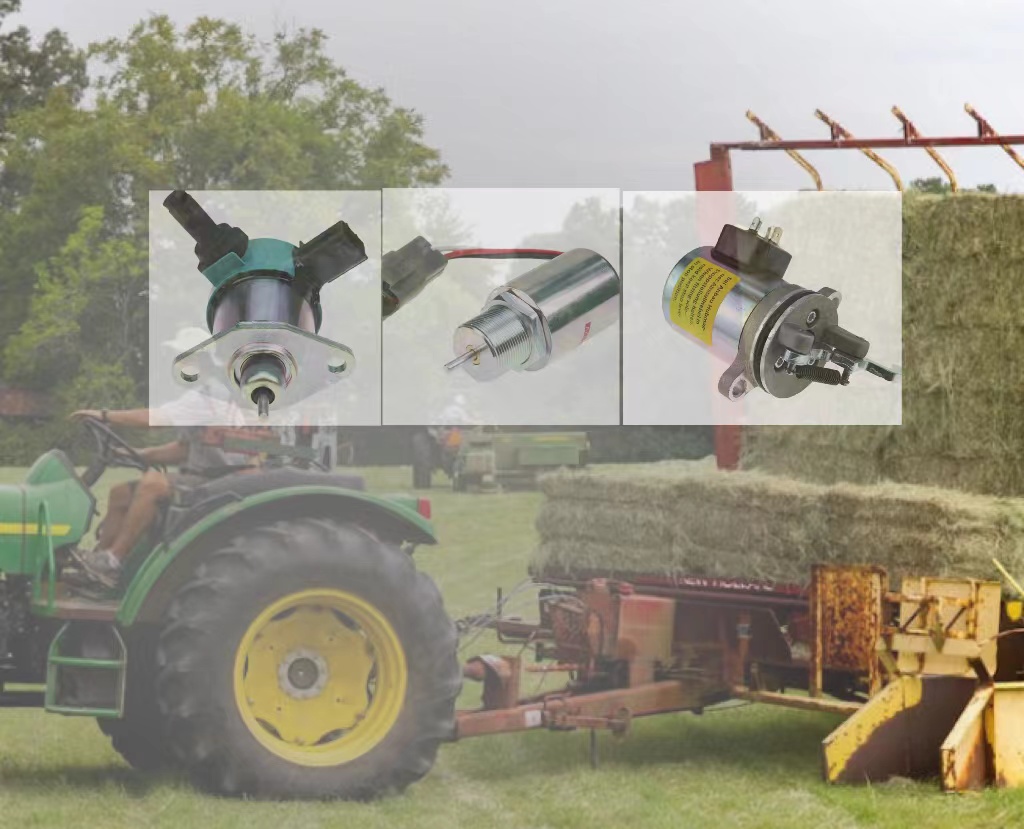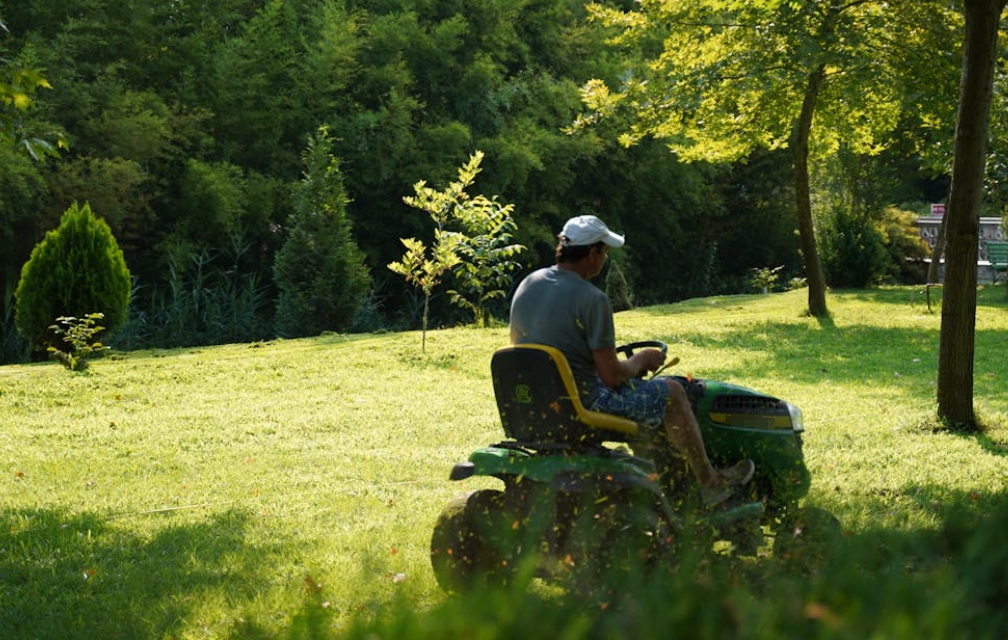
A lubrication system’s primary function is to prevent friction between moving components.
The oil circulation system utilizes a gear-type oil pump to draw oil from the oil pan. The oil passes through an oil cooler and filter prior to passing into the left and right camshaft oil galleries and main oil gallery respectively. Through the main oil gallery, oil is supplied to the turbocharger, crankshaft, piston, cooling nozzle, and other parts. Once the task has been completed, the oil flows again naturally by its own gravity back to the oil pan to start the next cycle.
How to choose oil
If there are multiple API levels available, the higher level should be chosen.
How to check the oil level
The best time to check the oil level is when the engine is stopped. Ensure that the engine is on the horizon when you are about to check the oil level.
How to replace oil filter
Please change the oil filter together with the oil change, or when the differential pressure reaches 103 kPa. NOTE: Please do not attempt to clean and re-use the oil filter.
How to drain the oil
After changing the oil, the old oil needs to be drained. It is important not to drain the oil while the engine is cold. When the oil is cold, waste particles settle at the bottom of the pan, and they may not be discharged with the oil. If the oil is still warm after the engine has run, drain the oil in the oil pan, which will help discharge the waste particles suspended in the oil.
How to dismantle and check the old filter element
Cut off the end caps on both sides of the oil filter element. Make sure that there are no metal pieces in the filter element by unfolding the pleated paper. When there is a large number of metal pieces in it, it may indicate abrasions or breakdowns are about to occur.
How to add oil
Take off the oil filler cap. Add oil only through the oil filler pipe.
*This article is reproduced from the Internet. Please read for reference only, and verify the relevant content by yourself.







Leave A Comment